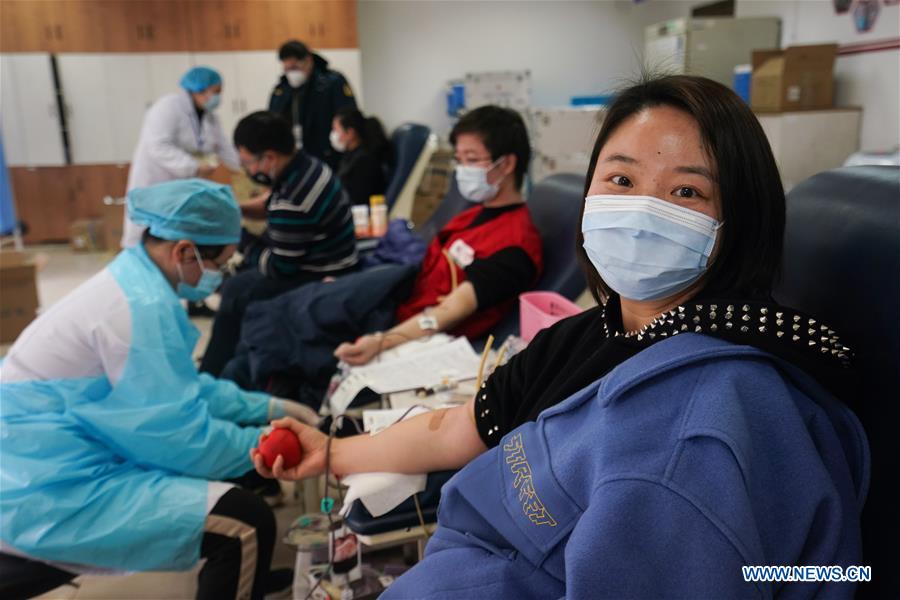Fighting COVID-19 Demands Joint Efforts

Repeated episodes of epidemics in the past two decades present significant lessons about novel challenges from our ever-expanding connectivity. The infusion of technology is fast transforming human interactions with ever-growing stakes in mutual cooperation. This marks a deeper shift from parochial inter-state competition to stronger inter-societal cooperation that defines human future.
Amongst various epidemics, Severe Acute Respiratory Syndrome (SARS) of 2003 infected over 8,000 people, leaving nearly 800 dead across 26 countries. There were also other hits by swine flu, avian flu, etc. Irrespective of their frequency and virulence, increasing global connectivity poses a challenge by exponentially accelerating their spread and impact.
This explains why COVID-19, which is believed to be much less virulent than SARS, has seen such a large spread and loss of life all over the world. According to World Health Organization (WHO) reports, the global death toll from COVID-19 has surpassed 3,000, with the number of infections crossing 90,000 in more than 70 countries. The COVID-19 outbreak is displacing other urgent issues like terrorism, climate change or weapons of mass destruction from news headlines.
No doubt, the month-long containment and lockdowns in China have stabilized the epidemic in the country—a recent report has indicated a clear decline in the rise of infections and deaths. However, infections are spreading fast in the rest of the world as well as reoccurring amongst patients who had already recovered and been discharged from hospitals. Outside of China, over 160 deaths and more than 10,000 cases of infections have been recorded, and the figures are still on the rise.
Next to China, it is South Korea that has reported the highest number of cases of infections, with the figure approaching 5,000 including 28 deaths, and Iran has suffered the highest number of 66 deaths including a member of a council that advises Iran’s supreme leader.
Developed countries with better healthcare are no exception. As of March 3, Japan, Singapore and Australia, with much smaller populations, had respectively confirmed 268, 108 and 33 cases of infections; in Europe, Italy had been hit the hardest with 2,036 infections and 52 deaths; the United States had also recorded 108 cases with nine deaths.
Countries are talking of sealing borders and scrutinizing foreign visitors, with masks disappearing from markets and people stocking essential commodities. Fighting fake information and rumors is also becoming another challenge for authorities.
India, with a billion-plus population, has also reported six infected cases including one in its capital New Delhi. The New Delhi case has caused two prestigious schools to shut down and sparked media discussions on the upcoming crisis for India. All this underlines the vanity of political contention and military modernization which offer no answer to the emerging threat. This should reinforce the urgent need to replace parochial inter-state competition with inter-societal cooperation.
Tourism has already borne the brunt worldwide with, among others, tourist attractions such as the Louvre museum in Paris shut down for visitors. Other sectors of human activity, especially international trade, have been hit the hardest by this sudden decline in demand which portends further global economic slowdown.
With emerging economies and developing countries contributing to over two-thirds of global economic growth, the large populations of China and India should find their way to a shared future together. The onus therefore lies in China and India to stand up to turn this challenge into their historic opportunity.
The author is a professor with Jawaharlal Nehru University (New Delhi) and adjunct senior fellow with the Charhar Institute (Beijing).
